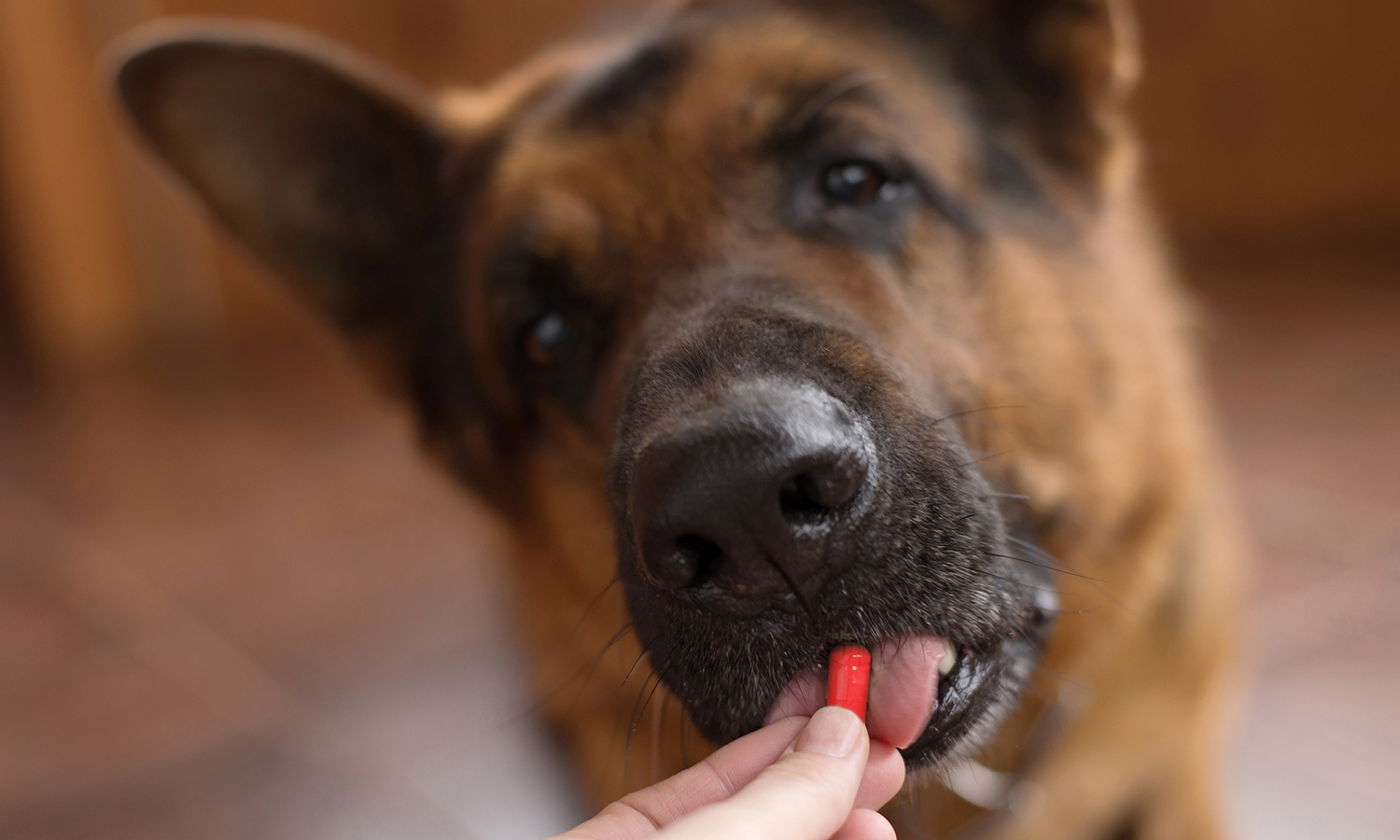
Many of my patients ask how they can tell if their dogs are suffering from chronic pain. They want to make sure they are not missing telltale signs, especially since the species is known for its stoic nature.
Surprisingly, it’s a hard question to answer. For something we all have felt and is potentially all around us, pain is difficult to describe or define. It can be localized or diffuse, acute or chronic, and mild or agonizing.
Untreated, prolonged, or chronic pain lasts several weeks to months, persisting beyond the expected healing time after an injury. In humans, pain is considered chronic if it lasts more than three months. For many patients, both animals and humans, pain stemming from an initial injury or ailment may remain long after the original cause has healed.
Although not a disease in itself, in many cases following injury or trauma, pain becomes the disease.
YES, THEY DO
For too long, people danced around the topic, “Do animals feel pain?” The denial of the experience of pain in animals is shameful and indefensible. Despite anatomic differences, an overwhelming body of evidence exists confirming animals’ capacity to feel pain. As veterinarians we believe that the life of an animal should include the “five freedoms” described by William W. Muir III, an expert in the area of veterinary anesthesia and analgesia. These are:
• freedom from hunger and malnutrition,
• freedom from discomfort and stress,
• freedom from disease, and
• freedom from pain.
The perception of pain is an underappreciatedg ift. Without it we would burn ourselves on hot stoves, could not feel splinters, or not recognize when we are stepping on broken glass. Pain is the body’s alarm system and an essential part of an animal’s self-preservation.
In dogs, pain perception and tolerance levels vary tremendously between individuals and among breeds. Some dogs are very demonstrative about real or perceived pain, some almost worthy of a best actor Academy Award. Others are much more stoic. The effusive, animated victims of pain we can easily medicate; much more worrisome are the stoic dogs who suffer in silence.
The causes of chronic pain in dogs are diverse. It may stem from arthritis and degenerative joint disease, diabetic neuropathy, cancer, inflammatory bowel disease, neurological illnesses, and a host of other ailments.
EASING PAIN
For years, pain was mostly ignored in veterinary medicine, largely because there were no safe or effective treatments. But today, there are ways to alleviate pain or ease the underlying conditions that cause it.
Drugs that are often used include:
• Carprofen (Rimadyl, Rovera, etc.), a nonsteroidal anti-inflammatory drug, commonly called an NSAID. It has both analgesic and anti-inflammatory effects by inhibition of the synthesis of prostaglandins. The drug is used primarily for musculoskeletal pain like arthritis and acute pain from surgery or trauma.
• Gabapentin, which is used as an anticonvulsant, sedative, anti-anxiety medication, and to treat chronic pain syndromes. It is sometimes effective in pain that is nonresponsive to NSAIDs or opiates.
• Buffered aspirin, a drug still in widespread use among the American public. Aspirin is both an anti-inflammatory and an analgesic but is not as specific for some forms of arthritic chronic pain as some newer drugs. The main adverse effects are gastrointestinal, and it should never be given along with corticosteroids. Check with your veterinarian before giving any drug to your dog.
Other methods are being explored to treat chronic pain, but we need more solid research into these alternative therapies. They include:
• Adequan (polysulfated glycosaminoglycan) has been used in dogs with degenerative joint disease. It protects joints, helps regulate collagen synthesis, and may help decrease inflammatory mediators commonly found in arthritic joints.
• Acupuncture, based on the placement of very fine needles on nerve ending acupoints, results in inhibitory blockage of neurotransmitters responsible for pain. Many people swear by acupuncture for pain relief.
• Cold laser therapy is another alternative. It utilizes light sources in both the visible and infrared range to increase circulation in the smallest blood vessels and to help relieve chronic musculoskeletal distress.
• Diet is perhaps the most underused pain-relief method. Ketogenic and hypoallergenic diets have been used for the management of inflammatory disorders and arthritis in people and might have potential in dogs.
Along with a sensible diet and gentle exercise, your veterinarian can help tailor-make a program to decrease chronic pain. Keeping your dog comfortable will improve his quality of life and increase the enjoyment of your time together. They depend on us.
Top signs of chronic pain in dogs
• Reduced interaction with their families
• Reluctance to move
• Biting or nipping when bumped or jostled
• Growling if a body part is touched or manipulated
• Whimpering or whining for no apparent reason
• Loss of appetite
• Appearance of anxiety and restlessness
• Inability to get comfortable
• Continuous moving, circling or pacing
• Adnormal postures, statue-like or hunched up
• Abnormal gait with an obvious lameness or stiff appearance
• Repeated licking or chewing at the site of the pain.
The biggest mistake pet owners make is attempting to elevate their German Shepherds to their status and think of them as human.
Take trainingt your dog that is at fault.
The more you consider your German Shepherd to be a human, the more your German Shepherd will consider you to be a dog.
If your German




